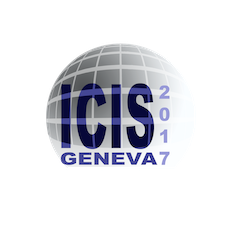Speaker
Description
Superconducting ECR source with higher magnetic fields and higher microwave frequency is the most straightforward path to achieve high beam intensity and high charge state in the past years. SECRAL, a superconducting third generation ECR ion source, is designed for 24-28 GHz microwave frequency operation with an innovative magnet configuration of sextupole coils located outside the three solenoids. SECRAL at 24 GHz has already produced a number of record beam intensities, such as Ar$^{12+}$ 1.4 emA, Xe$^{26+}$ 1.1 emA, Xe$^{30+}$ 0.32 emA, and Bi$^{31+}$ 0.68 emA. SECRAL II, an upgraded version of SECRAL, was built successfully in less than 3 years, and has recently been commissioned at full power of a 28 GHz gyrotron. Quite good results for highly charged ion beam production have been achieved, such as more than 600 eμA Ar$^{16+}$, 10 eμA Ar$^{18+}$, 140 eμA Kr$^{28+}$ and 0.5 eμA Kr$^{33+}$. To produce more intense highly charged heavy ion beams, following the frequency scaling law of ECR ion source, a 45 GHz superconducting ECR ion source FECR (a first Fourth generation ECR ion source) is being built at IMP. FECR will be worldwide the first Nb3Sn superconducting-magnet-based ECR ion source with 6.5 Tesla axial mirror field, 3.5 Tesla sextupole field on the plasma chamber inner wall and 20 kW@45 GHz microwave coupling system. This talk will focus on SECRAL performance comparison at 24 GHz and 28 GHz, and technical design and challenges of 45 GHz FECR as well, which demonstrates a technical path for highly charged ion beam production from 24-28 GHz SECRAL to 45 GHz FECR.
